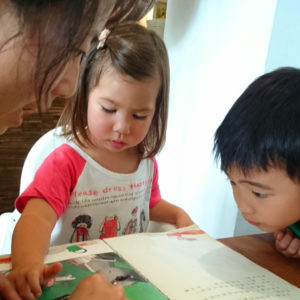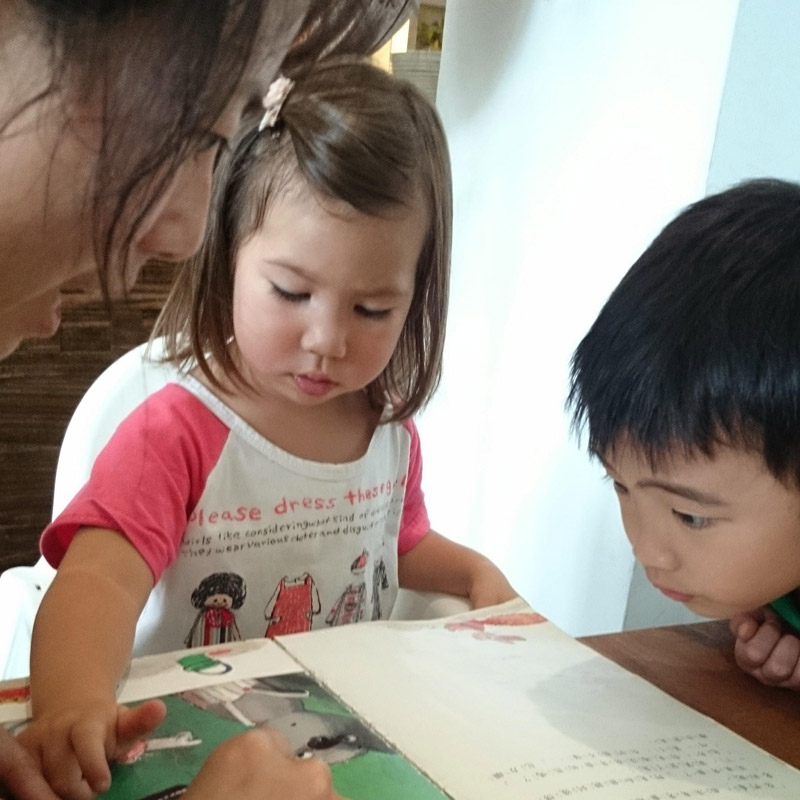As the parent of two young bilingual kids and co-founder of a digital language learning company, I read with great interest the article published on November 4th, 2019 in The New York Times titled ‘Screen Use Tied to Children’s Brain Development’ by Perri Klass, M.D.
In a nutshell, academic research conducted at The Cincinnati Children’s Hospital Medical Center ran brain scans and cognitive tests on 47 children aged 3-5 and found a negative association between high screen time and brain development, as well as language skills.
The cause of this association is not well understood but a key concern is that passive screen time is replacing valuable social interaction.
“…..there’s additional evidence to suggest that nothing should squeeze out interactions, relationships and engagement — and to worry that the seductive power of screens may do just that.”
 This topic couldn’t be closer to my heart. Screen time for kids and families is a growing issue that challenges parents globally as screens draw our attention away from our kids. The focus is always on the kids using screens, but what about the parents? You see modern family dinners with four people all staring at their respective screens. Screens are not necessarily the problem as the article suggests it is how prevalent they have become in our lives and at what cost?
This topic couldn’t be closer to my heart. Screen time for kids and families is a growing issue that challenges parents globally as screens draw our attention away from our kids. The focus is always on the kids using screens, but what about the parents? You see modern family dinners with four people all staring at their respective screens. Screens are not necessarily the problem as the article suggests it is how prevalent they have become in our lives and at what cost?
What really resonated with me was the conclusion of the article:
“So the message to parents, over and over and over, should not be either screens-are-bad, or you’re-a-bad-parent. The message should be: In the early years, you are so important, and good parenting involves being there, interacting, talking, playing, singing, asking and answering questions, and of course, reading. This is a high-tech way of reinforcing a low-tech message.”
This article inspired me to share my family’s experience of raising bilingual kids and how balancing screen time with good old fashioned family time worked for us.
Our Bilingual Family
I am British and my wife, Maggie, is Taiwanese. We live in Taiwan, where Mandarin is the first language. We are both bilingual and work in education. Maggie has a degree in Early Childhood Education and is a trained speech therapist. I have been in early language education for over 25 years.
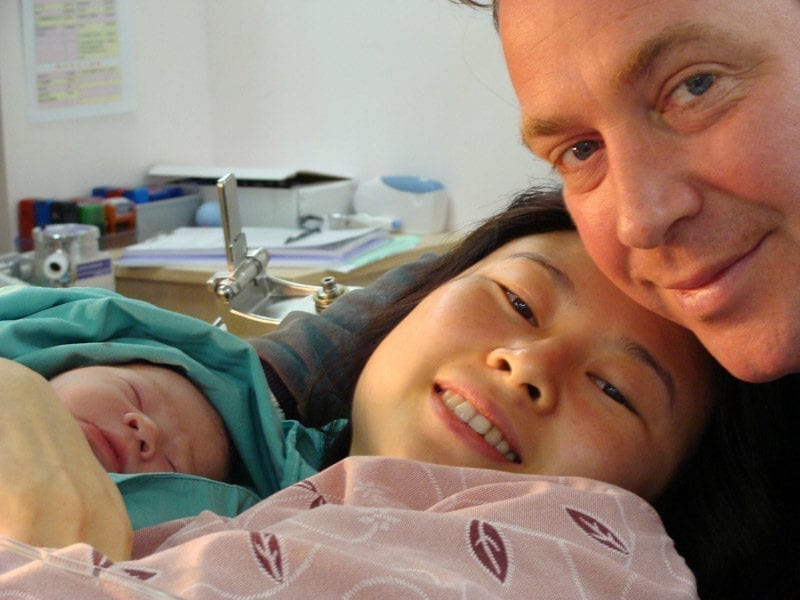 Anyone that knows Maggie will testify she is an incredibly devoted mother. Nobody is more in awe of, or grateful for, her parenting than me. What Maggie has done with our two kids, Perry and Elysia, with regards to language learning is amazing and very much echoes the New York Times article’s message above about how important you, the parents, are for your young ones.
Anyone that knows Maggie will testify she is an incredibly devoted mother. Nobody is more in awe of, or grateful for, her parenting than me. What Maggie has done with our two kids, Perry and Elysia, with regards to language learning is amazing and very much echoes the New York Times article’s message above about how important you, the parents, are for your young ones.
How to Raise Bilingual Babies – The Maggie Way
From her first trimester onwards, Maggie would run full-day commentary on what she was doing to the rather captive audience in her tummy! As soon as our children were born she upped the ante and was constantly speaking in fully constructed sentences. Never baby talk, she would chat away as if she was talking to her sisters or friends. When they were one month, Maggie would hold picture books and flashcards in front of them several times a day. At first I didn’t fully understand this method. Maggie would remind me that language is the basis for all learning and now more than ever is the time to teach!
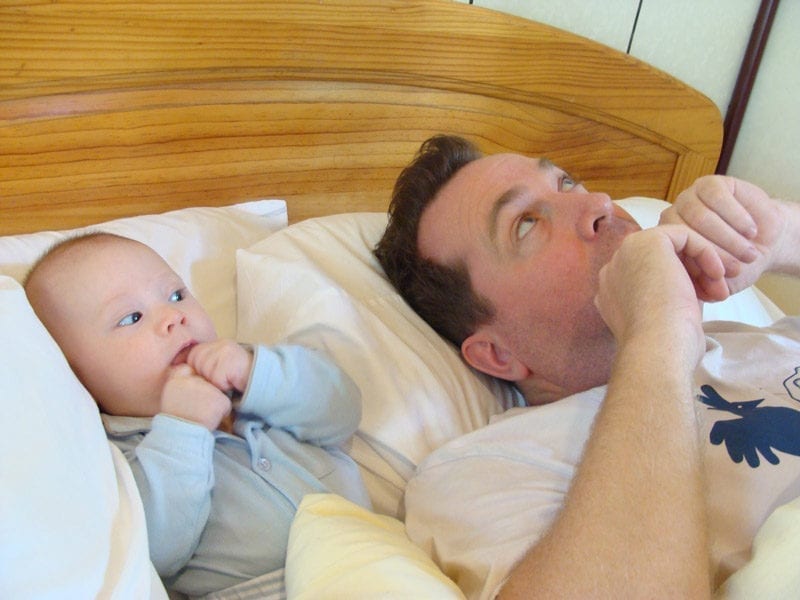 I began to copy Maggie’s lead to speak to the children as I would to an adult. As an experienced and qualified language teacher, I knew how to build and scaffold language, so I happily went to work. I realized I could channel my experience and passion for teaching right in my own home, with my own child!
I began to copy Maggie’s lead to speak to the children as I would to an adult. As an experienced and qualified language teacher, I knew how to build and scaffold language, so I happily went to work. I realized I could channel my experience and passion for teaching right in my own home, with my own child!
At around 10 or 11 months, our children had quite a wide vocabulary. We would play games where I would ask them to find an object in English and Maggie would ask the same in Chinese. We were amazed at how much language they had absorbed and understood.
At 14 months they were comfortable using complex sentences in both English and Mandarin. I thought that was normal, but I came to understand that it was actually exceptional. I am certain it was because of our early input of language and constant interaction.
Maggie’s advice:
“Don’t be a silent parent. Tell your baby everything you are doing as you go about your day. Speaking to your infant is the best way to build language and the younger you start the better the results.”
Enter iPad – A New Member of the Family
Perry was born in 2009 and by the time he was two we had an iPad in the house. Watching a toddler interact with a touch screen device is both amusing and fascinating. The screen has a magical power for all of us, but for a young child, it is a thing of wonder.
Maggie and I were careful about the children’s exposure to technology. But at times, giving the iPad so one of us could cook was a lifesaver. They had their favorite cartoons and storybooks and we always made a point to watch with them when we could and to interact around the content.
Around this time, my company was developing game-based language applications for young learners. Since the children were playing many of the games my company created, I knew exactly what they were being exposed to, which gave me peace of mind. I began to see a budding sense of autonomy and self-efficacy when they excitedly ran to me and spouted off words from the game. At times they also wanted to ‘own’ the learner journey by doing things by themselves.
Not only do children have a burning desire to learn, they are trusting us as parents and educators to give them the right tools and a safe environment so they can grow and achieve their dreams.
Fun and Effective Language Learning Can Change the World
Founded on the back of our language learning schools, in 2011 Fun English by Studycat was born. To date we have 11 million young learners globally in our Studycat community. Language is a life skill that opens doors of opportunity for our kids. The more languages the more opportunities. As a father of two bilingual children, I hope to inspire bilingualism and multiculturalism with kids and parents globally.
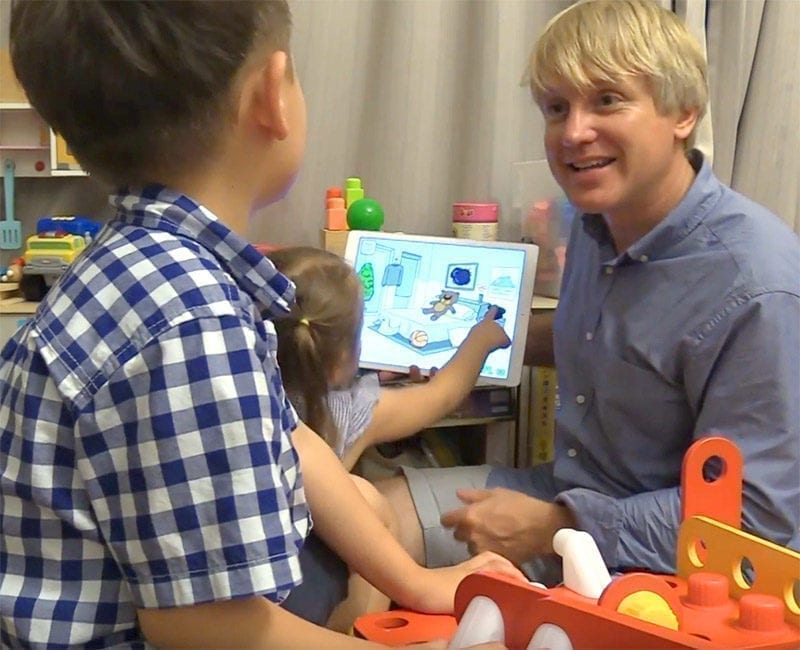 At Studycat, using digital tools to learn real-world skills is fundamental. We are proud to be in the process of creating Fun English Family which is built on empowering kids on their journey of language learning as well as responsible, quality screen time for the whole family. Being there for our kids is invaluable and the precious moments of childhood are missed if we aren’t paying attention.
At Studycat, using digital tools to learn real-world skills is fundamental. We are proud to be in the process of creating Fun English Family which is built on empowering kids on their journey of language learning as well as responsible, quality screen time for the whole family. Being there for our kids is invaluable and the precious moments of childhood are missed if we aren’t paying attention.
The time spent talking, joking and singing with our children is when we are creating closer bonds, helping them to feel safe, and nurturing them to reach their potential. Quality time with our children helps them develop kindness, patience, belongingness, and empathy.
 Language is about environment. This is why Fun English Family will assist parents along their child’s language learning journey by blending family time with language education. We want to build language learning into homes and help parents foster the joy of learning with their kids – together! Our apps will be paired with real books, real songs, real board games, and real quality time for families.
Language is about environment. This is why Fun English Family will assist parents along their child’s language learning journey by blending family time with language education. We want to build language learning into homes and help parents foster the joy of learning with their kids – together! Our apps will be paired with real books, real songs, real board games, and real quality time for families.
We believe in connected learning – connecting parents to their child’s learning journey. After all, when it comes to early language development, we want to help all parents be the best parents they can be!
Fun English Family will launch in January 2020 followed by Fun Chinese Family.
Follow the Studycat community on Facebook for more expert language learning advice »
![]() Join the Studycat Club to access Fun English language learning resources »
Join the Studycat Club to access Fun English language learning resources »


